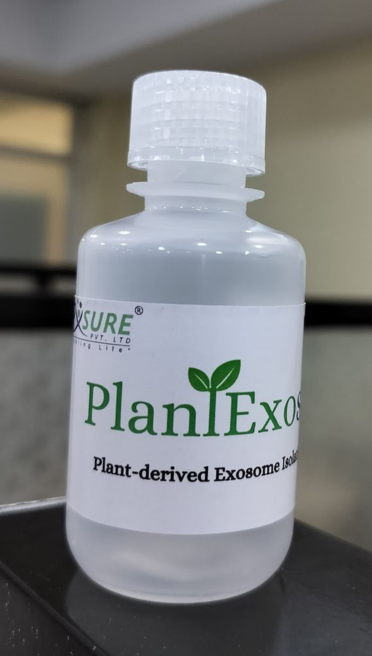
Protocol
1. Fresh anticoagulant (EDTA, sodium citrate or heparin and other anticoagulants are acceptable) whole blood is taken. Dilute the whole blood with an equal volume of isotonic solution (PBS or normal saline).
2. Add a certain volume of separation medium to the centrifuge tube. Carefully layer the diluted blood sample over the separation medium, keep clear interface between the two liquid surfaces. The volume ratio of separation medium, anticoagulant undiluted whole blood and isotonic solution (PBS or normal saline) is 1:1:1.
3. Centrifuge at 700-800g on a swing rotor for 20-30min at room temperature. The acceleration and deceleration are set to a slower speed (set to third gear if ten gears are available).
4. After centrifugation, the red blood cells are at bottom of the tube, the separation medium is at the middle layer, and the top layer is the plasma/tissue homogenate layer. A thin and dense white membrane found at the plasma-separation medium interface is the mononuclear cell layer (including lymphocytes and monocytes). Transfer the white membrane layer into another centrifuge tube carefully.
5. Diluted the mononuclear cell layer to a certain volume with isotonic solution (PBS, normal saline or medium, etc.), then shake to mix well. Centrifuged at 250g on a swing rotor for 10min at room temperature, then remove the supernatant solution. Wash the cells once or twice.
6. Resuspend the cells with isotonic solution (PBS, normal saline or medium, etc.) and count the cells for later use.
[Notes]
1. Pre-warm separation medium to room temperature (2015°C) and shake gently before use. Avoid using the separation medium directly from refrigerator.
2. The isotonic medium (PBS or 0.9% NaCl) used to dilute anticoagulated blood should be sterile, and can be replaced by RPMI-1640 medium.
3. 1:1 blood dilution can reduce the coagulation of erythrocytes and increase the amount of lymphocytes harvested.
4. For the activity of lymphocyte, blood should be separated immediately after collection. The cells harvested are peripheral blood mononuclear cells (PBMCs), including lymphocytes and monocytes.
5. Long storage of blood may cause bad result that there are more residual RBCs in the harvested lymphocytes. The time of centrifugation should be extended to improve the result.
6. If the procedures are correct but there is no layer of PBMCs found at the interfaces after centrifugation, make sure that the blood is enough and fresh, and the separation medium is suitable for the blood of this species animal.
7. Once opened, please store the separation medium at 2-8°C to avoid the change of density of the separation solution caused by liquid volatilization, which will affect the separation effect.



